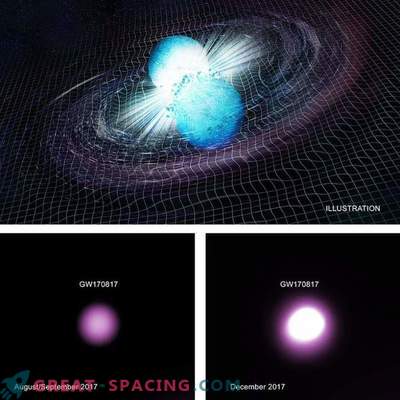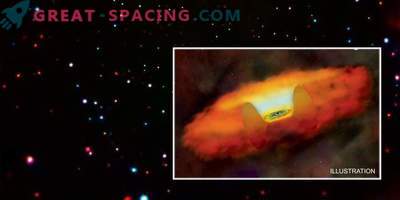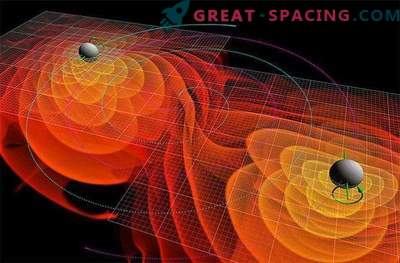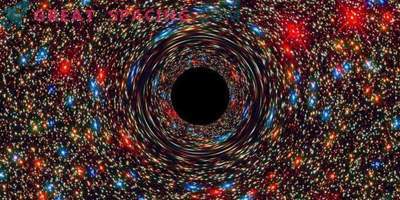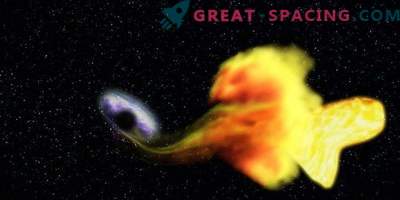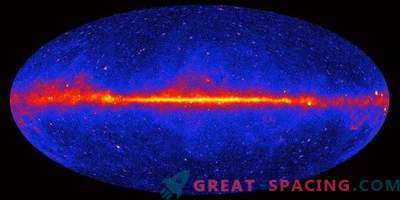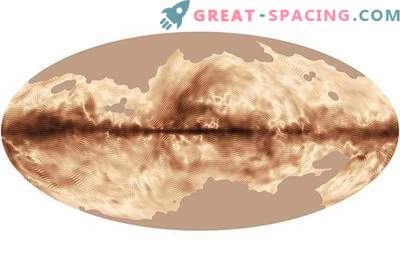
The Fermi gamma-ray telescope (Fermi) is a powerful space observatory that opens a wide view of space. Primary black holes act as a potential source of gamma rays.
Some theories about the early Universe predict the presence of dense fluctuations that were supposed to create “primary black holes”. Some of them could plow our galactic region today. Moreover, they are able to become bright sources of gamma rays.
Researchers at the Fermi Space Gamma Telescope analyzed its data to prove the absence of nearby primary black holes. But their results allow us to establish an upper limit on the number of these “crumbs” that can hide near our planet.
Understanding the exact number of possible primary black holes today will allow a better understanding of early space. Low-mass black holes are supposed to release gamma rays due to Hawking radiation. The idea belongs to Stephen Hawking, who showed that quantum effects can lead to the creation of pairs of antiparticle particles near the black hole event horizon, allowing one of the particles to be in the hole, and the second to escape. As a result, the black hole releases rays and loses mass. The level of environmental absorption by a small black hole is insufficient to compensate for losses due to Hawking radiation. Therefore, it loses mass and evaporates. The smaller it gets, the brighter it is. For previous searches, gamma-observatories were used and concentrated on short-term explosions. But Fermi will be able to detect a burning phase lasting several years.
The main limitation was that the telescope could cover a small distance from the Earth. But this is not enough, since the source of gamma rays can be a black hole or something else. Primary black holes still exist. They would start life on a large scale and gradually lose mass.
In order to find them, Fermi must reach the final phase of burning in about 4 years of observation. For several years, the object will appear dull, then it will become bright, start to burn and explode. Nothing has been found so far, but scientists have better limitations than earlier research suggested.


